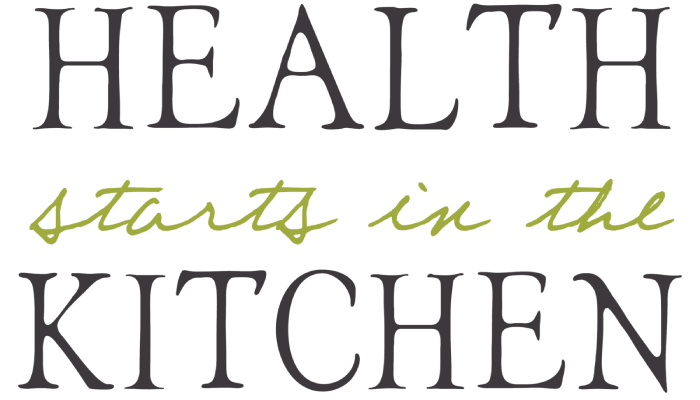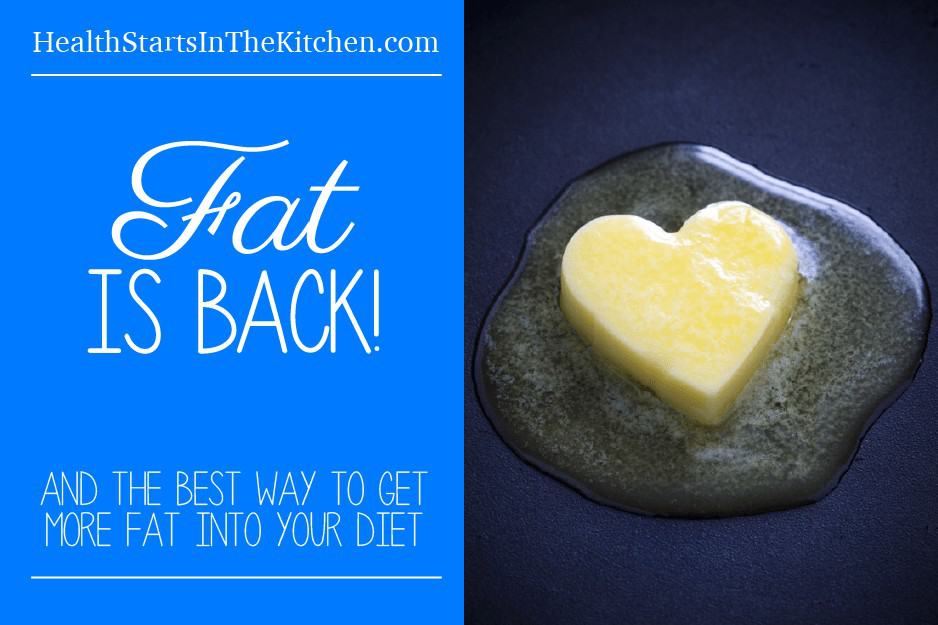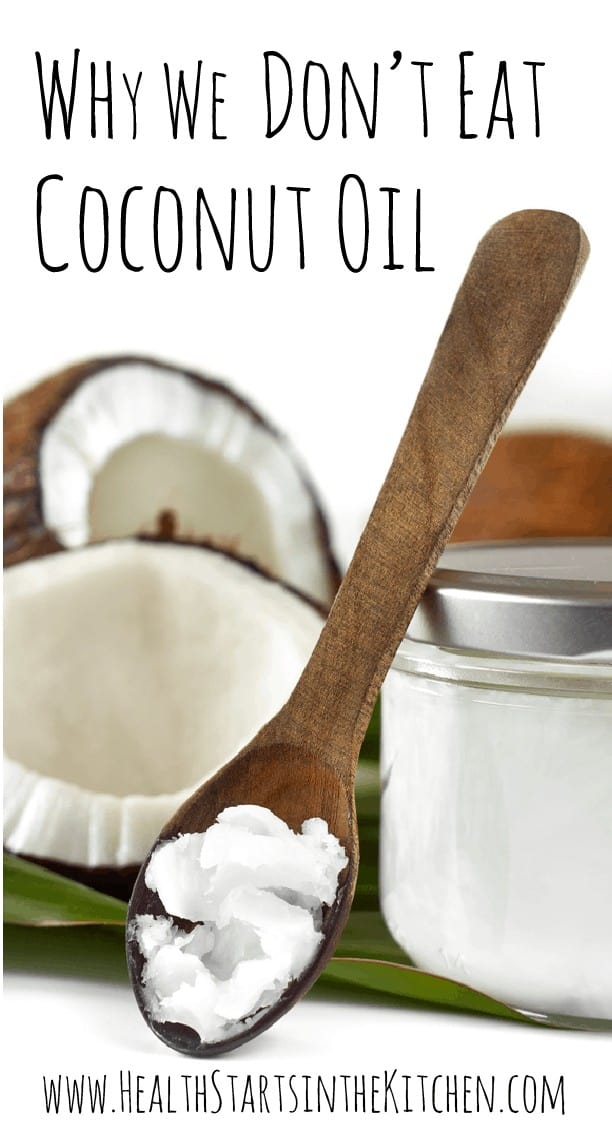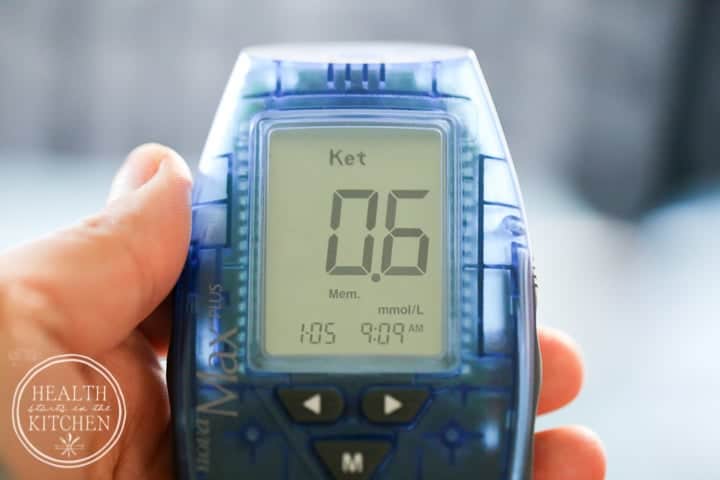Baby-led weaning: Everything that you should know
If you’re a parent to be, or already a new parent to a little one, chances are high that you’ve already started thinking about the time your baby turns 6 months old and shows signs of readiness to start eating complementary foods. There is so much information about babies starting solids out there, with one of the most popular topics being baby led weaning.

What is baby led weaning?
Baby led weaning is allowing your baby to be in charge of their own feeding experience, hence the words baby led. In previous years, many parents followed traditional weaning, which is when you feed your baby pureed food with a spoon. Babies were spoon fed until they were much older before then starting with finger foods and eventually family foods.
Baby led weaning takes a different approach to what many of us have known for many years. Baby led weaning skips the whole puree fed by the parent stage completely and allows the baby to join in on eating family meals at family mealtimes.
With baby led weaning, your baby will go straight to finger foods and eat the same food that the rest of the family is eating. They will join in on family meals at the family table, so no need to eat cold food mom, you can just eat together.
The food should be prepared in a safe and age-appropriate way. Some foods may need to be steamed or cooked first and most foods will need to be cut in certain ways for different ages so it can be safe for a child at their specific developmental age.
Starting solids recommendations
American Academy of Pediatrics (AAP) recommendations
The American Academy of Pediatrics (AAP) recommends exclusive breastfeeding for the first 6 months of life.
The introduction of complementary solid foods around 6 months of age with continued breastfeeding for up to 2 years or beyond.
They also recommend that babies should be encouraged to use spoons and fingers to feed themselves.
UNICEF and The World Health Organization (WHO)
UNICEF and The World Health Organization (WHO) recommends exclusive breastfeeding for the first 6 months of life.
The introduction of safe complementary solid foods at 6 months of age with continued breastfeeding up to 2 years or beyond.
They also recommend parents practice responsive feeding with both milk and solid food feeding.
Responsive feeding is to allow the child to feed on demand, and to stop feeding once they’re full. Responsive feeding encourages the child to develop preferences for healthy foods and beverages and to eat autonomously.
Signs of readiness
- 6 months of age is the recommended age for starting solids
- Can sit unassisted or with minimal assistance
- Good head and neck control
- No more tongue thrust reflex
- Interested in food
- Can bring the food to their mouth, chew it and swallow it
Common concerns regarding baby led weaning
Choking
The biggest concern parents have when it comes to baby-led weaning is choking. It is a common misconception that because children are eating finger foods or whole foods, choking is a much bigger risk than feeding babies’ puree.
Research shows that babies whose parents follow baby-led weaning, do in fact, not choke more than babies who are fed puree by spoon.
First of all, puree fed babies can and do choke on their food as well. More importantly, baby led weaning does not increase the risk of choking because the foods are cooked and cut in age-appropriate ways.
The only time baby led weaning does increase the risk of choking is when the child starts eating before 6 months of age, before showing all the signs of readiness, and when the foods are not prepared in an age-appropriate way.
Overfeeding
Parents may be worried that when they put their children, who they may believe is a very hungry child in charge of feeding themselves, that they may completely overdo it and overfeed themselves.
Children are very intelligent, and they know when they’re full, we need to know the signs of satiety and remove the food once they show signs of fullness. Offer a variety of different foods, but there’s no need for an entire platter for 2 either. Just a few bites are more than enough when first starting baby-led weaning.
Not eating enough
Alternatively, some parents may be scared that their baby is not getting enough food due to the fact that they can’t measure it in the same way they can measure puree. Rest assured, research shows that baby-led weaned babies do in fact get enough food and they’re not at risk of becoming underfed due to baby-led weaning.
The benefits of baby-led weaning
Less stressful mealtimes
Many babies are reluctant to feed with spoons and would rather do it themselves. When parents choose to spoon feed their baby purees and the baby refuses, it may be very stressful for both the baby and the parents.
Homemade baby food may also take more time out of an already busy Parents’ Day, causing even more added work and stress.
Baby led weaning puts the child in charge of their own feeding experience. They can eat as much, or as little as they’d like, eating at their own pace. They can choose what to eat and what not to eat. Most importantly, they can stop eating once they are feeling satiated.
Reduced risk of obesity
Studies have shown that baby led weaning babies have better and more stable weight gain compared to spoon fed babies who are often heavier due to overfeeding by the parents.
Because babies are put in charge of their own eating experience, they learn to trust their own body. When they feel satisfied, they will simply stop feeding.
Never force a child to eat more food if they show signs of fullness. This will lead to overfeeding which can increase the risk of obesity.
Reduced fussiness and picky eating
Some studies have shown the mothers of baby led weaning babies rated their babies less picky and fussy with feeding compared to spoon fed babies’ mothers.
Other studies have shown that children who were baby led weaned, preferred less sweets compared to spoon fed babies.
Another reason why it may seem that babies who were baby led weaned are less picky eaters when it comes to eating, is because responsive feeding is done. Children are in charge of their own feeding experience and eat what they need and how much they need. So, parents are much less stressed about what and how much their babies eat.
Reduced risk of texture aversions
Studies have shown that babies who were spoon fed for too long, have a higher risk of showing aversions to certain textures.
Because baby led weaning babies get a sensory experience with mealtimes and experiencing many different textures and textured foods, it helps to reduce the risk of texture aversion.
Improved fine motor and oral motor skills
Offering children finger foods from an early age really helps babies to develop stronger oral motor skills. It teaches your baby how to bite pieces of food, and how to chew that food, which helps ensure your baby develops better jaw strength.
Baby led weaning is also beneficial for fine motor skills and hand-eye coordination as they have to learn how to pick up different types, sizes and textures of food and bring it to their own mouth.
Foods to avoid in the first year
Salt – Babies under 1 year of age should have minimal salt intake. Their immature kidneys are not capable of efficiently processing excess salt. High salt intake can lead to kidney and circulatory issues. It’s best to avoid adding salt to their food. Don’t worry, babies don’t mind bland food like us adults do.
Sugar – Sugar should be limited in a baby’s diet to avoid developing a preference for sweet foods and potential dental issues. Additionally, excessive sugar intake can lead to unhealthy weight gain and other health problems.
Fruit juices and teas – Fruit juice and tea is very popular among new parents. Although it’s not necessary to avoid it, the general recommendation is to wait until at least the age of 1 or 2 years old before introducing other liquids aside from water and milk feeds.
Honey – Babies under 1 year of age should not be given honey at all. This is because it can potentially contain spores of a bacterium called Clostridium Botulinum, which can produce toxins harmful to infants and cause infant botulism which is extremely dangerous to babies.
Their digestive systems are not fully developed yet making them more susceptible to illnesses such as botulism than adults.
Raw eggs – Raw eggs should not be given to babies under the age of 1 year old because they can carry the risk of Salmonella contamination. Cooking eggs thoroughly can kill harmful bacteria and make them safe for consumption.
Unpasteurized milk and milk products – Unpasteurized milk products should not be given to babies under the age of 1 year old because they can carry harmful bacteria, such as E. Coli and Salmonella. Pasteurization is a process that kills these bacteria and makes milk and milk products safe for consumption.
Cow’s milk – Cow’s milk, unless mixed into food, is not recommended for babies under the age of 1 year old as it doesn’t provide them the essential nutrients they require for healthy growth. It can also be difficult for them to digest and may lead to allergies or gastrointestinal issues.
Gagging vs choking
Gagging and choking are two very different, but also related experiences that can occur in babies when they are eating, especially during the introduction of solid foods. It’s crucial for parents to understand the difference between gagging and choking and what to do when it does occur.
Gagging
Gagging is a natural reflex that occurs when a foreign object or food touches the back of a baby’s throat. It’s a protective mechanism that helps prevent choking by pushing the object or food forward.
Signs of gagging include retching or coughing noises, extending their tongue or arching their back.
Gagging is developmentally appropriate and protective. Children should be left while gagging as interference can lead to actual choking.
Choking
Choking occurs when an object or a piece of food becomes lodged in a baby’s airway and restricts their breathing. It is a life-threatening emergency.
Signs of choking include the inability to breathe or cry, a panicked expression, and a change in skin color, typically turning blue or pale.
Safety tips for baby led weaning
If your baby has a medical condition that may increase the risk of choking, it’s best to seek professional medical advice from qualified health professionals.
Avoid choking hazard foods such as hard fruit and vegetables, wrongly cut food, popcorn, nuts and hard candies.
Babies need very little food in the first year of life, breast milk or formula should be the main source of their nutrition in the first year. Be sure to introduce iron-rich foods to your baby, as they need additional iron after 6 months of age.
Wait until your baby is 6 months of age and shows all the signs of readiness before introducing solid foods.
Always prepare a child’s food in an age-appropriate manner. A good resource for this information is the solid starts website and app which will show you exactly how each type of food should be prepared.
Never leave a child unattended while eating. Remember that choking is silent. Children under the age of 5 years have a bigger risk of choking, regardless of if they’re following puree or baby led weaning, as some of their reflexes are still underdeveloped.
Always be on the lookout for any signs of a food sensitivity or allergy after eating new foods. Monitor your baby closely after eating high allergy risk foods such as dairy, nuts and eggs for any signs of an allergic reaction. Especially if there is a family history of food allergies.
It’s always a good idea to invest in a child first aid course. It will teach you what to do in the event of a child choking. This will help ease your anxiety and give you the critical skills needed should the very worst happen.
Important information and resources:
- Evidence Based Babies
- Solid Starts
- American Academy of Pediatrics (AAP)
- UNICEF and The World Health Organization (WHO)
- Baby-led weaning: what a systematic review of the literature adds on
- Baby-led weaning, an overview of the new approach to food introduction: Integrative literature review
- Healthcare professionals’ and mothers’ knowledge of, attitudes to and experiences with, Baby-Led Weaning: a content analysis study – Cameron SL
- Nutritional Implications of Baby-Led Weaning and Baby Food Pouches as Novel Methods of Infant Feeding: Protocol for an Observational Study – A New Zealand study






